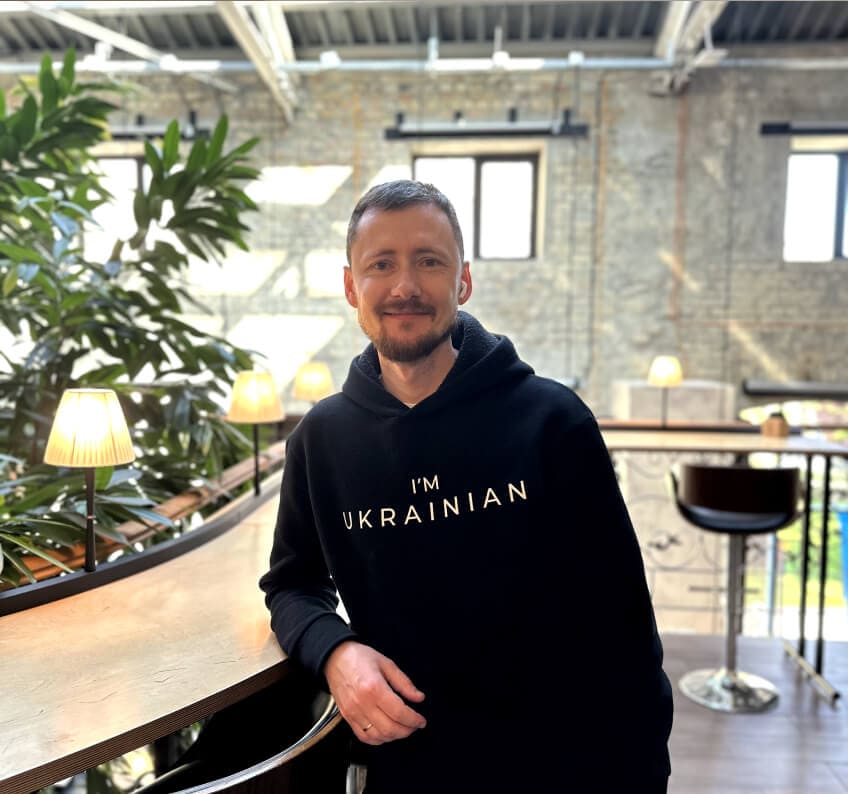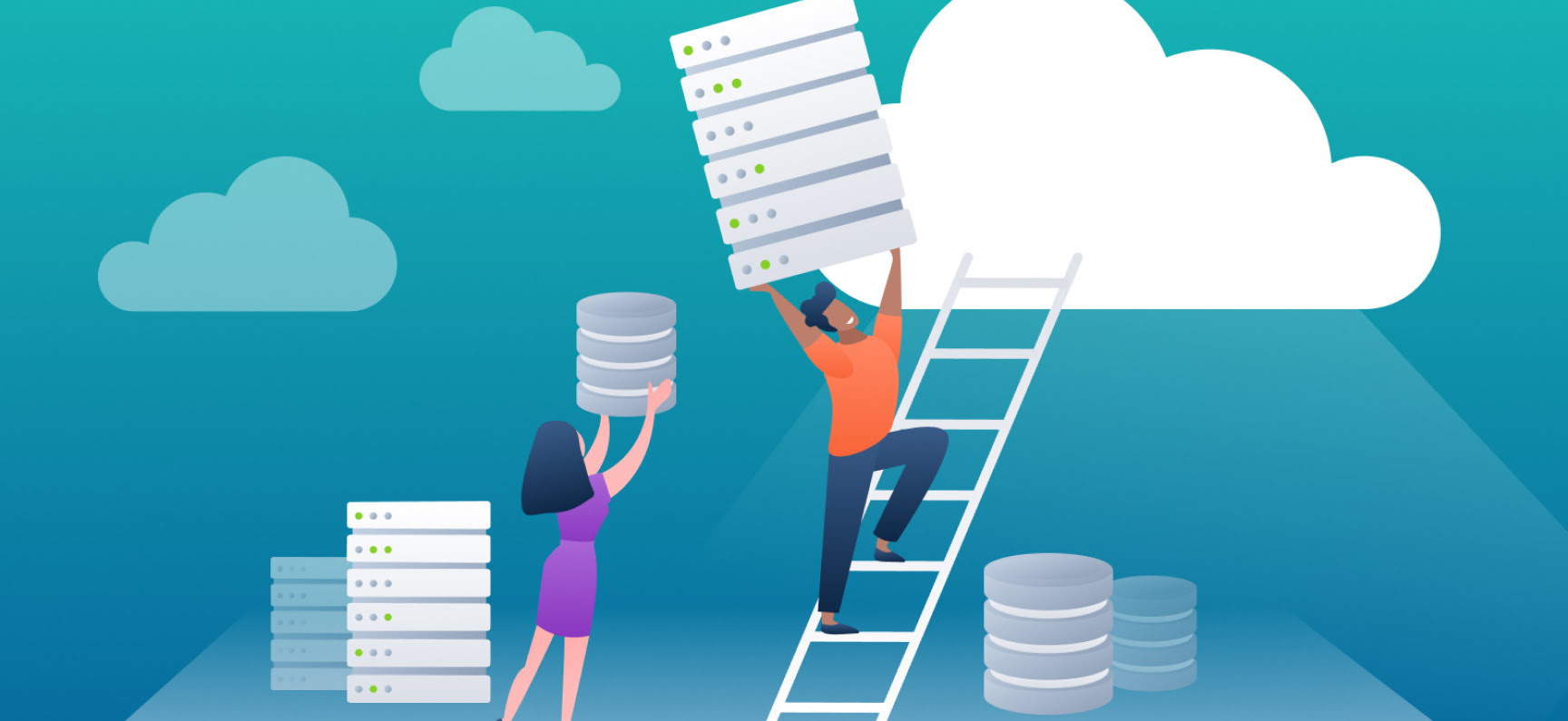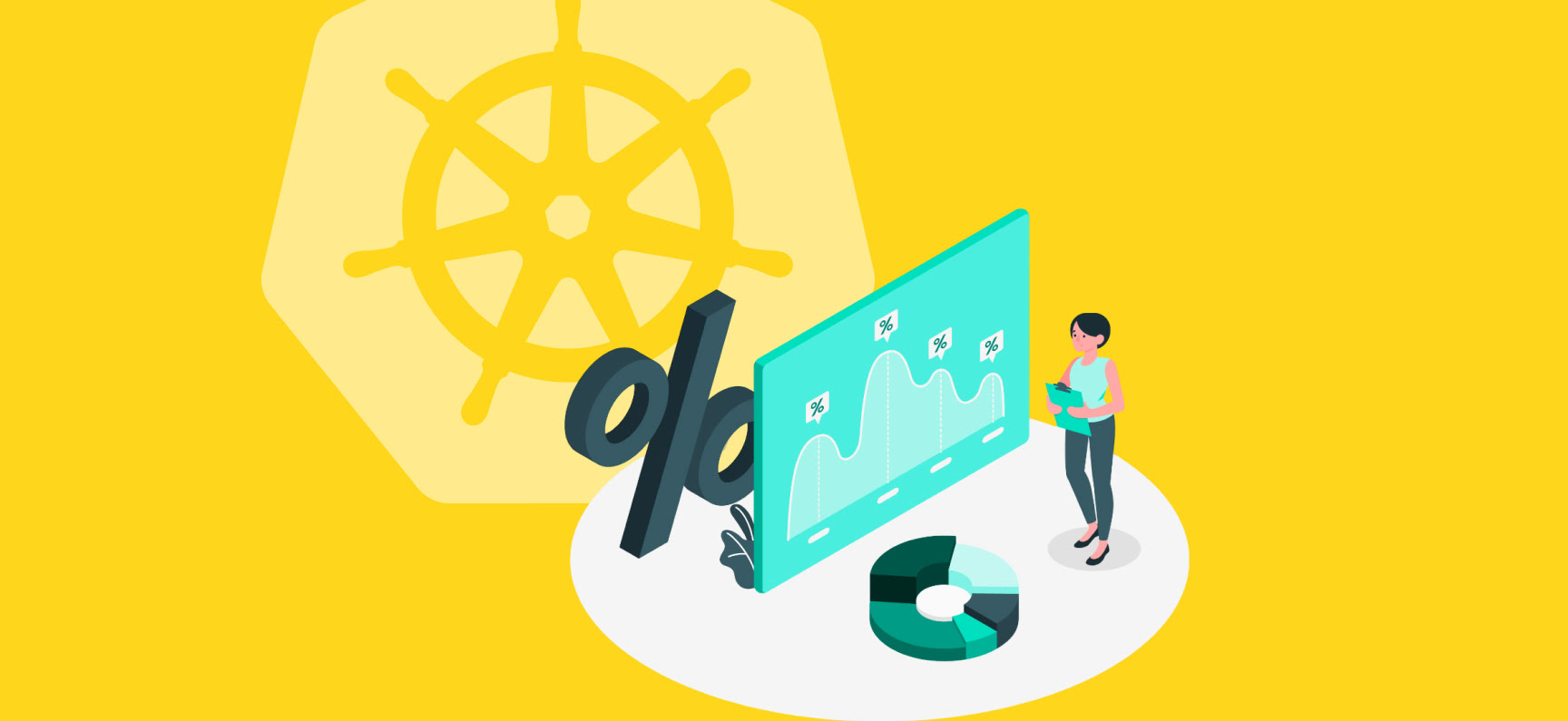Different Stages in a Startup Life Cycle
So what are the different stages from a startup to a large company with established processes? We have highlighted the stages of seed, launch, scale, and maturity. At each of these stages of the startup lifecycle, you should focus on different elements and perform different tasks, which we will talk about as well. Let's look at each of business life cycle startup stage.
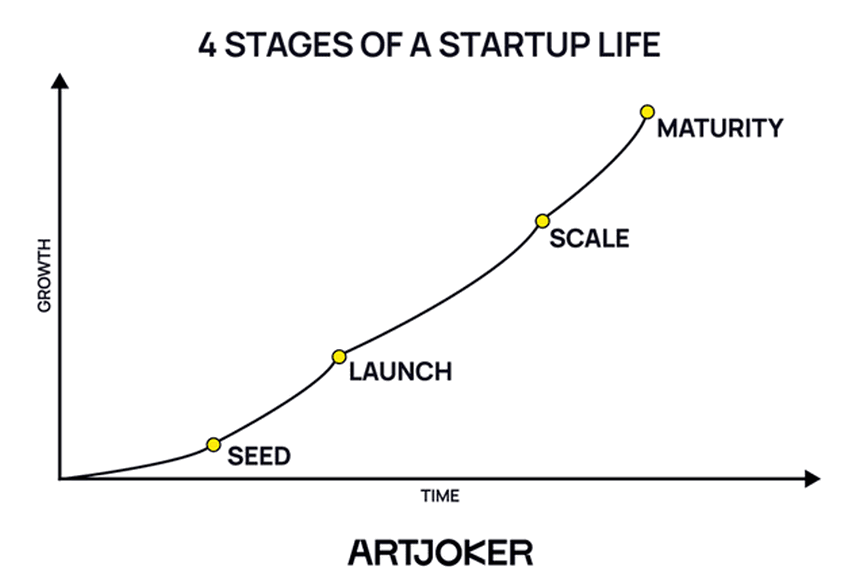
Seed
We divide the longest and most time-consuming "seed" stage into such sub-items:
Pre-Seed
In short: You have an idea for a startup, and you think about it.
The ideal team: the startup (i.e., you, i.e., the future entrepreneur), the idea, and the fans.
Objectives:
- Create an idea or product hypothesis
- Find supporters
- "To polish" the idea
The birth period of a product idea is the time to find an "army of fans", no matter that the product does not yet exist. Do not neglect this stage of the life cycle of a startup business and try to find your audience. Don't be afraid to tell your idea for fear that it will be stolen - no one will realize the dream better than its creator. At the same time, be humble and independent. Then followers will probably become business angels and invest in your startup. Let's move on to the next stages of the life cycle and challenges of startup companies.
Seed
In short: the concept is ready, the fans are found, the main stage comes - the creation of a business plan.
The ideal team: a startup + a business analyst.
Tasks:
- Set goals
- Analyze the market
- Identify and research the customer
- Prove demand for the product
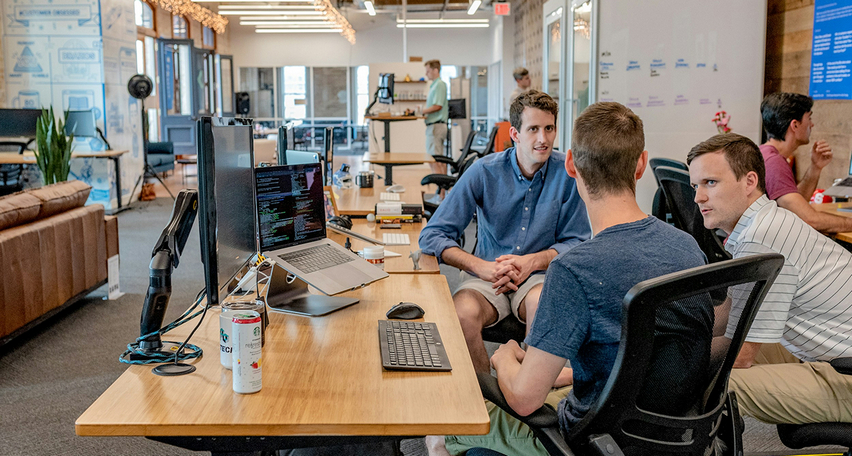
The responsible stage of a startup because it is not for nothing that Captain Wrongel said: "As you name the boat, so shall it float". The better you see the business prospects, the more confident you will be in your actions. The more you select the target audience, the more likely there will be demand for the product. Be careful at this stage of startup company life cycle and don't be lazy to work through each point.
MVP
In short: it's time to do the basic version of the startup, or MVP - minimum viable product.
The point is that instead of implementing a grand idea with maximum functionality, investing all that has been accumulated in the implementation, it is better to develop a basic version, with the most necessary functionality - release it into the world, and then fine-tune it. The SCRUM development methodology is ideal here. MVP is an important startup stage of business life cycle.
Ideal team: starter, business analyst + product developers (3-5 people).
Tasks:
- Form the terms of reference (a diagram that illustrates the content and interface elements of the future product, which is necessary for a clear software development process)
- To create an offer
- Take the most promising directions
- To develop the MVP of the startup
- Launch
- Analyze the result
With MVP, it is easy to test an idea or hypothesis with the least amount of time and capital. Don't allow the possibility of a startup collapsing just because you gave up on the MVP startups life cycle stage.
There is no right or wrong number of users at the beginning of your startup. The main thing is to have enough of them, for constant movement, and to see which people like your product and use it, and which ones give it up. Morgan Brown
Product-Market Fit & Product-Channel Fit
In short: MVPs gain momentum, and you go free floating on the market.
The ideal team: a startup, a marketer, developers + a client manager and a tester.
Tasks:
- To work out a marketing strategy
- Find your niche in the market
- Calculate the Net Promoter Score, if it is higher than 8 - everything is great, if it is lower - you need to reconsider your marketing strategy.
- To create the initial customer base
- Language-market fit - figure out how to mention the product so that customers accept and understand the message
- Conduct usability testing
The marketer plays a big role in other stages of a startup's promotion, but this stage of the life cycle of a tech startup is his finest hour. The main task is to do everything to make your product known to as many target audiences as possible, so that before the launch, users are already looking forward to the luncheon.
Death of the Valley
In short: Investments and monetary investments have been made, but no profits yet.
Ideal team: a starter and everyone who has money.
Objectives:
- Accumulate resources before the launch of the product
- To support the startup, making a profit from extra work
- Use money from FFF (family, friends, fools) - people who believe you and who do not "feel sorry" to invest a little in your startup.)
- Intensively look for business angels (people who invest little money, but help a lot to make the "right" connections) and venture capital funds (companies that raise money, assess the prospects of the project and then invest) Take out loans, apply for grants.
"Death Valley" is a responsible stage of lean startup life cycle for you as a leader. Take a risk!
Use any of the tasks, if it does not work, proceed to another. Yes, it's hard to find investors for a startup during a "crisis", but it's realistic. Furthermore, if you are already known and loved, ask wealthy admirers for financial help. Getting out of the "Valley of Death" is vital because otherwise your startup will wither away, never having blossomed.
Launch
Briefly about this stage of startup development: the launch of the product and intensive work to promote the brand.
Ideal team: starter, marketer, developers, client manager, tester + lawyer, accountant.
Tasks:
- To promote the product strenuously
- Keep in mind the legal issues, such as brand registration
- Carry out thorough tests, optimization, and error recovery
- Improve both the product and the company's brand, and especially its leaders
- To re-search for investors
You waited maybe half a year for this, and you waited - the product launch. You've coped with everything that's strictly startup related; the worst is over. But just don't get your nose in the grill, there are many more challenges ahead.

Scale
Briefly about the stage: growth and expansion of the startup.
The ideal team in the last two stages grows along with the development of the startup, changing depending on its direction.
Tasks:
- Hire cool specialists
- To constantly look for new niches, market funnels, and target audience
- Create a corporate culture.
What we can say about the last two stages of the life cycle of a software startup - keep moving & believing, and everything will work out.
Maturity
Briefly about the stage: the stage of maturity and the beginning of regular business.
Objectives:
- Delegate management
- Expand staff, office
- Search for opportunities to open a branch abroad
- Create localized teams for more effective results
- Continue to grow and develop
The growth never stops. LinkedIn is almost 20 years old, and they keep growing and experimenting. The same goes for Facebook, which has more than a billion users. It doesn't stop, it buys apps, it runs tests. It's not just checking a box and moving on. Morgan Brown
Conclusion
We told you everything about all the stages of startups lifecycle. Business owners need to understand what stage their startup is at, as well as what tasks at that stage they need to accomplish to stay motivated and focused. No startup is the same as any other, just as plants are not the same. A startup may be a spike of wheat, or it may be a huge oak tree. It all depends on you. The main thing is to grow it strong and stable. In any case, at each startup stage of product life cycle, you should pay special attention to your customers because they are the most valuable thing you have.
Similar articles
View all- PROJECT INQUIRIES info@artjoker.net
- CALL US +1 213 423 05 84
contact us:







